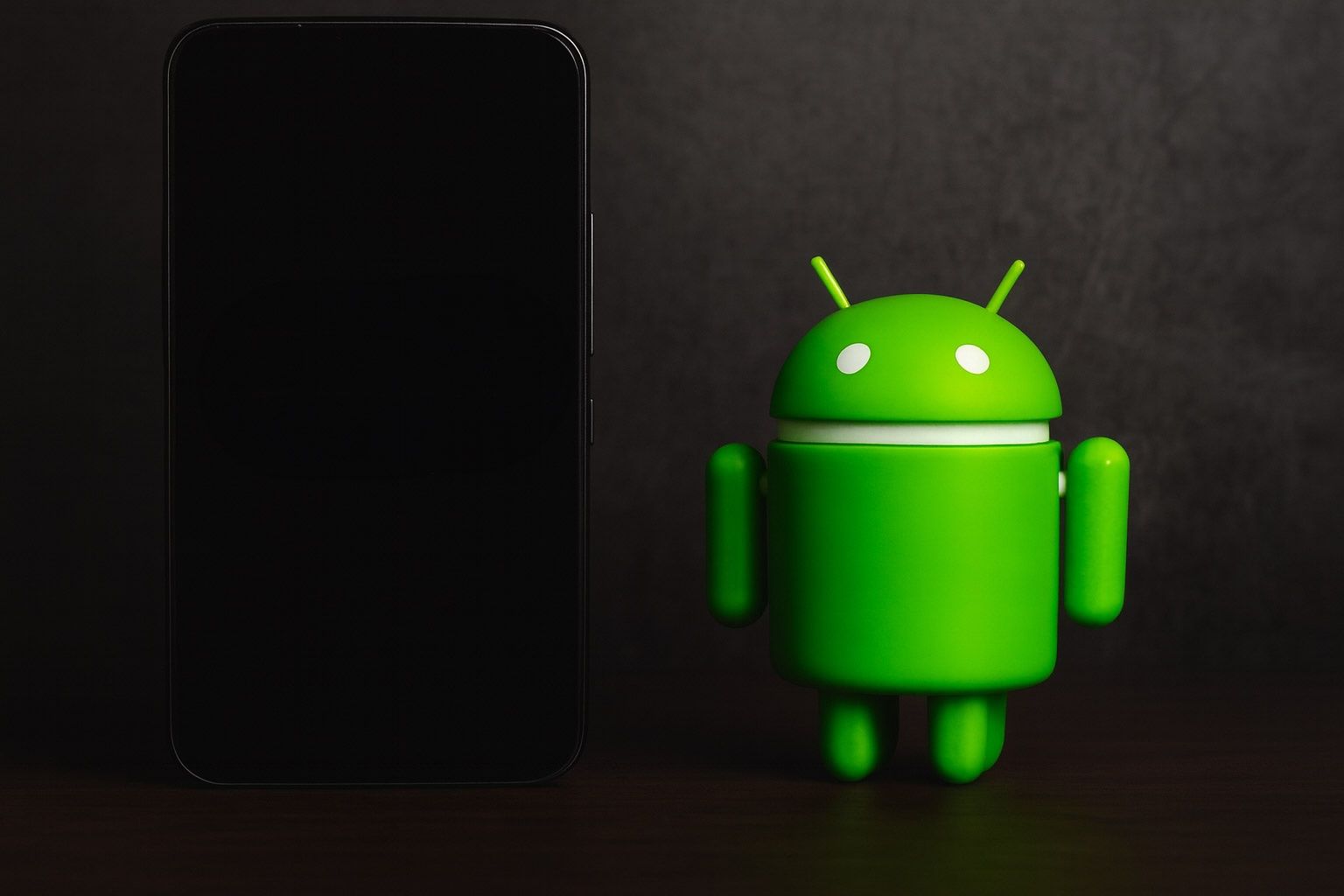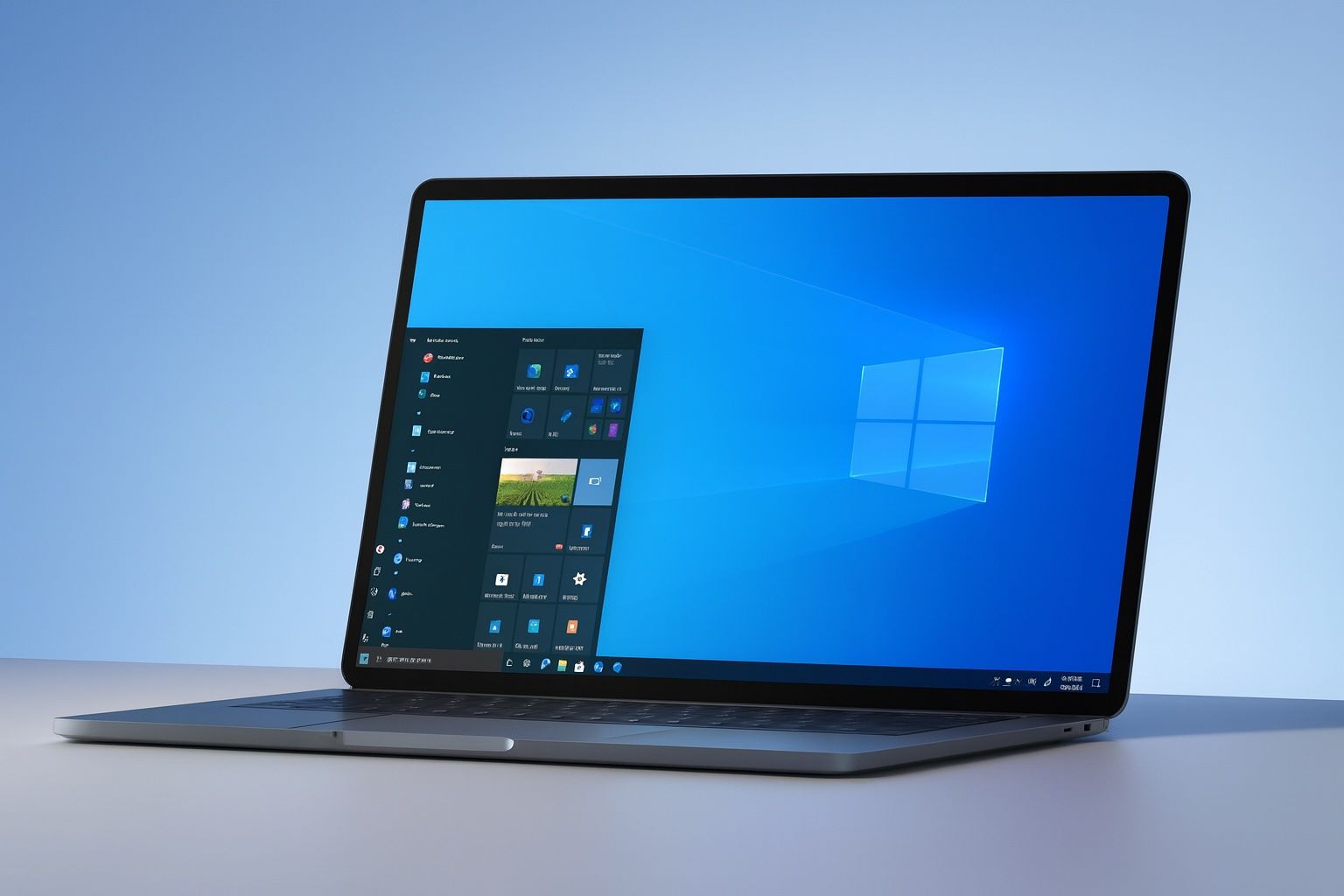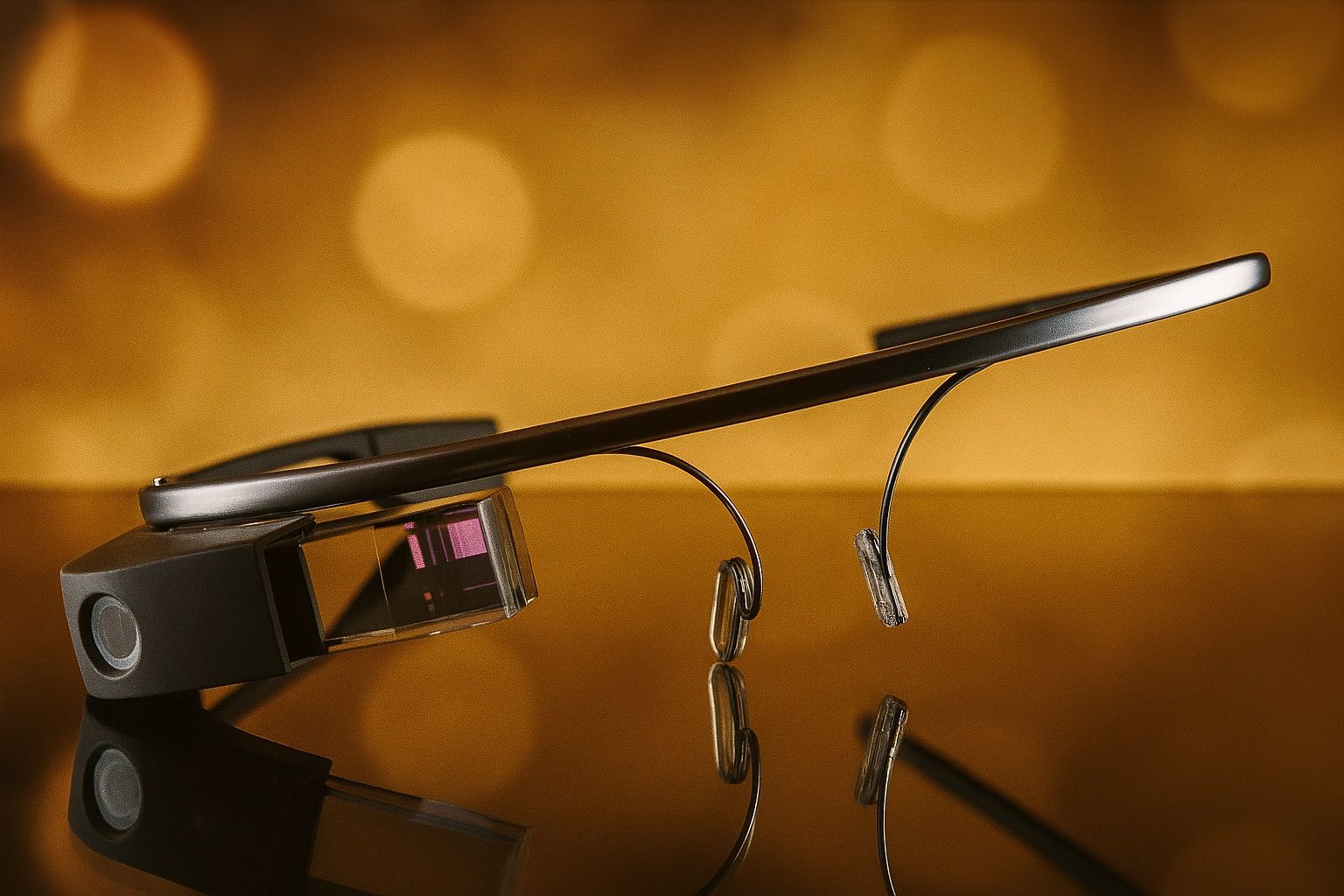
Android’s Epic Evolution: A Complete History from Android 1.0 to Android 15 (2008–2025)
Android 1.0 debuted publicly on September 23, 2008 on the T-Mobile G1 (HTC Dream), launching Google’s first public Android release. Android 1.5 Cupcake, released in April 2009, introduced the first on-screen keyboard and home-screen widgets and began the dessert-naming tradition.


